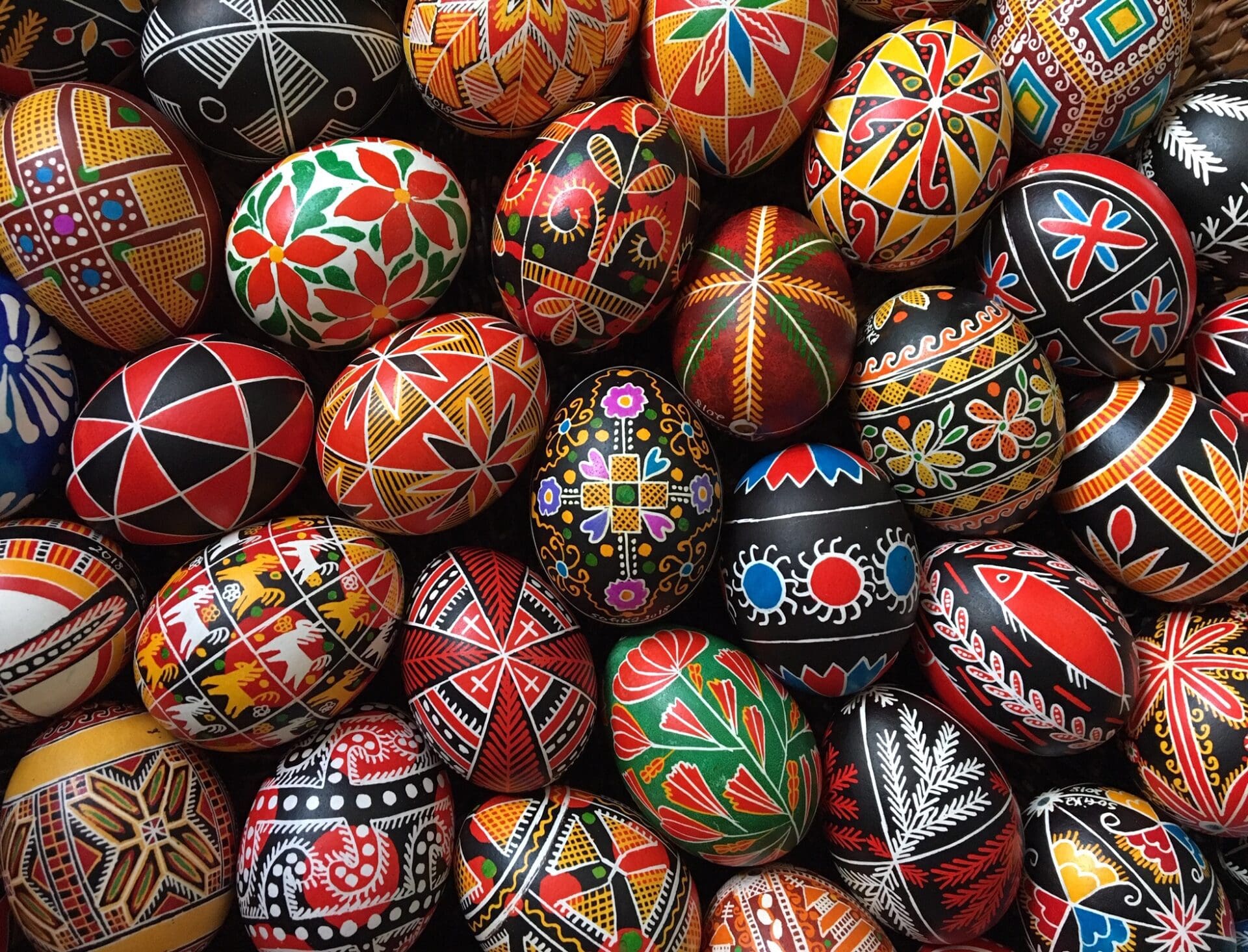Search Posts
Recent Posts
- GriefSpeak: Waiting for Dad – Mari Nardolillo Dias June 13, 2025
- Rhode Island Weather for June 13, 2025 – Jack Donnelly June 13, 2025
- Urgent call by Rhode Island Blood Center for Type O- and B- blood June 13, 2025
- Real Estate in RI: Ready, Set, Own. Pathway to Homeownership workshop June 13, 2025
- Outdoors in RI – Risky cattails, Fight the Bite mosquito report, 2A gun ban bill update June 13, 2025
Categories
Subscribe!
Thanks for subscribing! Please check your email for further instructions.

The art of Ukrainian Easter eggs, their ancient symbol of hope and “rising in glory from the ashes”
Ukraine is under brutal assault. Ukraine’s people are perishing. Ukraine’s culture, its theaters, museums and churches are being destroyed. Ukraine’s soul is fighting for survival. In the face of such inhumanity, we are all Ukrainian. We are all called to Ukraine’s defense.
The origin of Easter eggs can be traced back to the early Christians of Mesopotamia (Iraq). In the Middle Ages, the Church also used the symbolic egg from this ancient tradition as well as from pre-Christian civilizations. The egg became a symbol of the resurrection of Jesus Christ, a belief central to Christianity.
The Easter egg is called Pysanka in Ukraine. The intricate decorating of eggs that continue to mark this celebratory holiday came from the Ukrainian tradition. Thousands of years ago, the agrarian people living in the area now known as Ukraine, depended on the Sun for survival. It gave them light, warmed them and made their crops grow. They came to venerate the Sun as one of their most important Gods and created rituals to honor this deity. Pagan spring rituals celebrated the return of the Sun after a long dark winter and the humble egg played a central role in this celebration.
Created using the batik wax-resistance technique, the Ukrainian Easter egg or pysanka (from the word “pysaty” or “to write”) was believed to possess enormous power. For the ancients, holding a pysanka in one’s hand was a way of harnessing the power of the sun. The whole egg represented the rebirth of nature, while the yolk alone was the symbol of the all powerful Sun god.
Pysanky were revered as talismans; they protected the family against evil, disease and fire. People believed that through patterns on the egg shell they could send messages of tributes and entreaties to the pagan gods. When Ukraine accepted Christianity in the 10th century AD, many aspects of paganism were incorporated into the new religion. The pysanka transitioned from a spring ritual to a celebration of Easter.
From the Ukrainian Institute in New York City: This is an ancient Ukrainian legend of good versus evil: “The inhabitants of the Carpathian Mountains in Western Ukraine believed that the fate of the world depended on the pysanka. Each year, an evil monster, chained to a mountain cliff, sent his henchmen to see how many pysanky were created in the land. If the number was high, the henchmen returned and tightened the monster’s chains. If the pysanka creating tradition subsided, the monster’s chains were loosened and he was free to wander the earth causing destruction.”
True to its symbolic meaning of rebirth, the pysanky will return to their ancestral homeland of Ukraine as it rises from the ashes of war.
As we celebrate our Easter, look at Easter eggs in their baskets, participate in an Easter egg hunt or roll, remember the history and origin of these eggs, and the tale of chasing away the evil monster.
Slava Ukraine! May it hold tight to hope, and rise in glory from the ashes of war.
